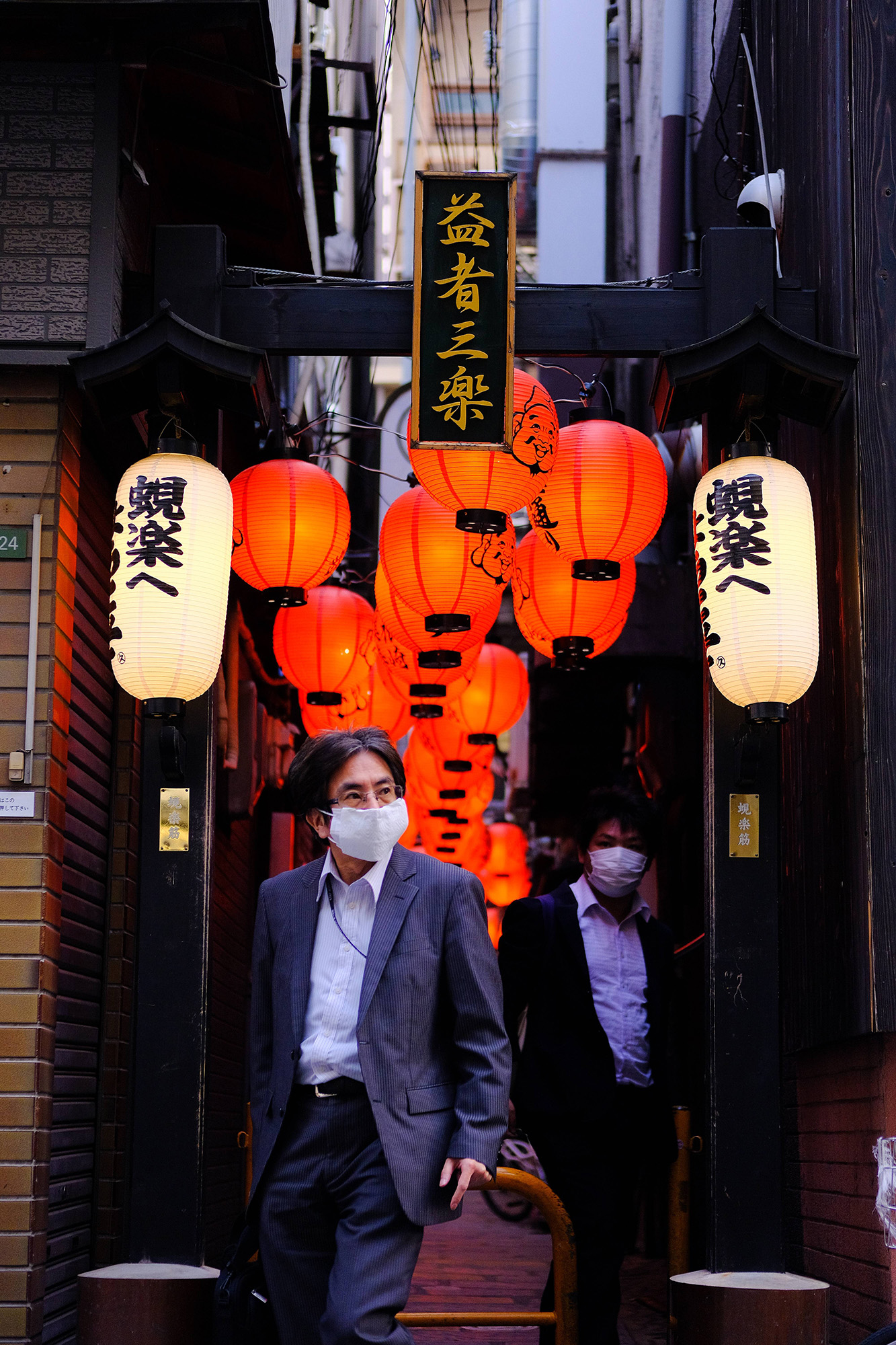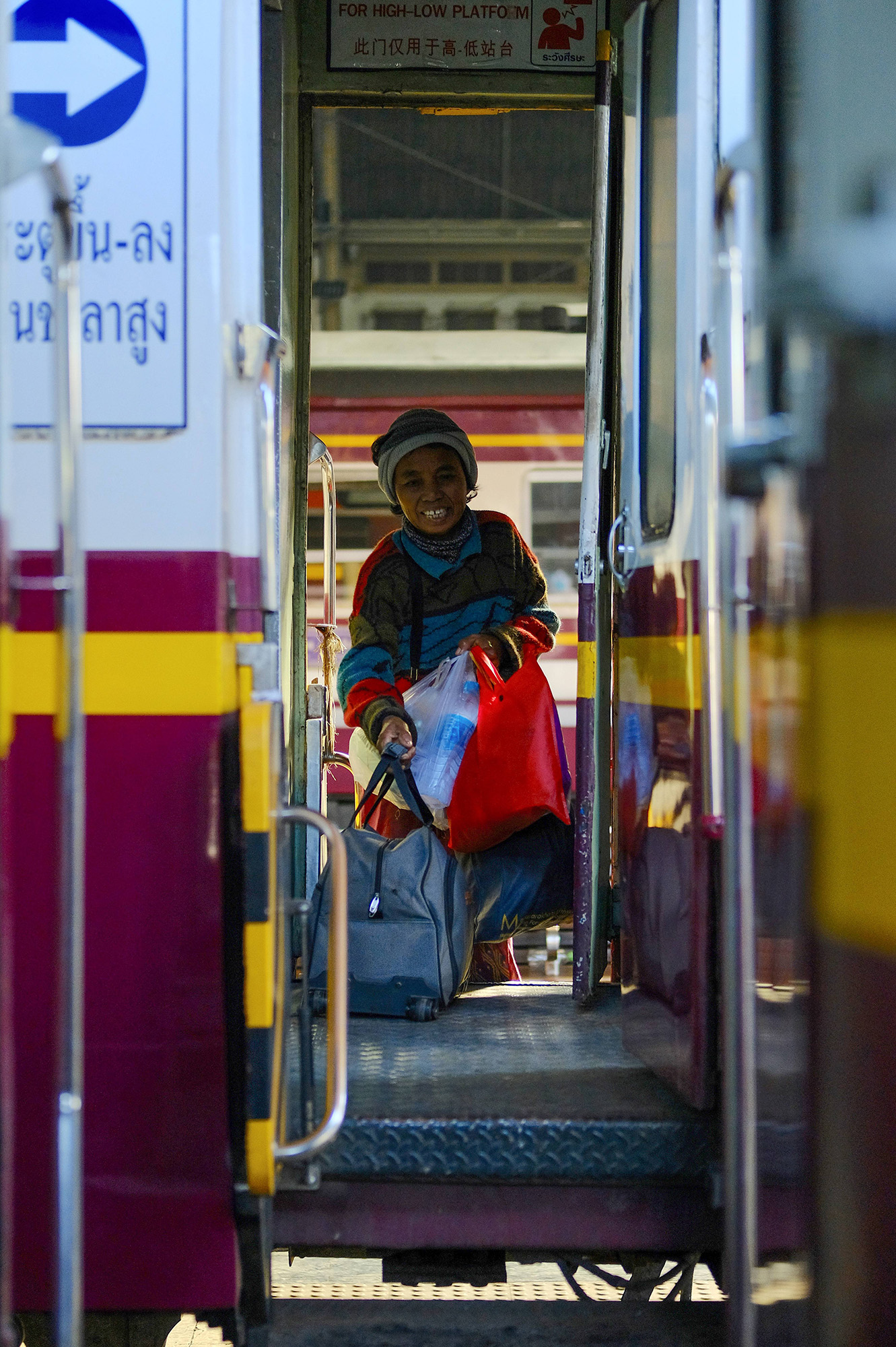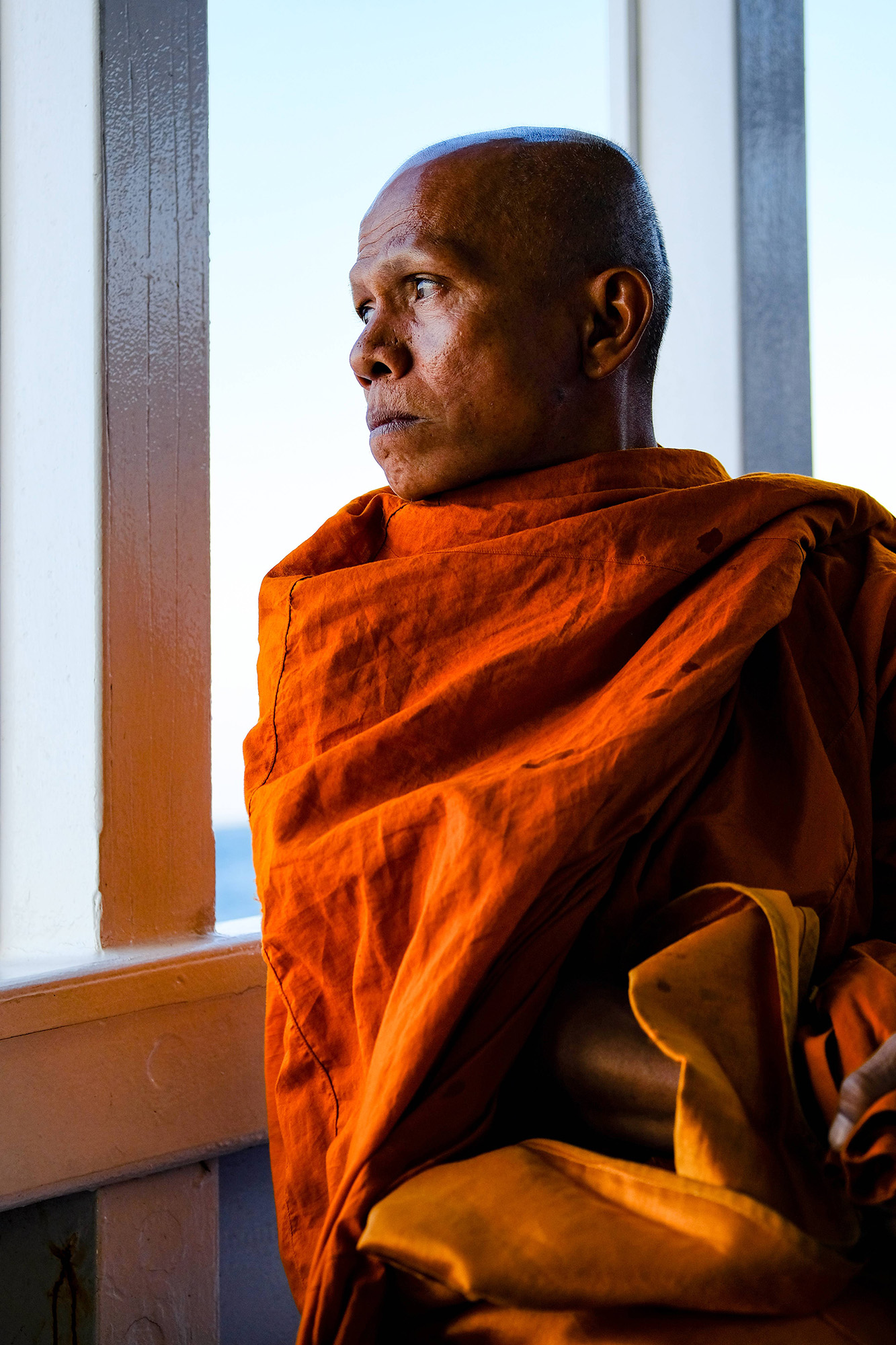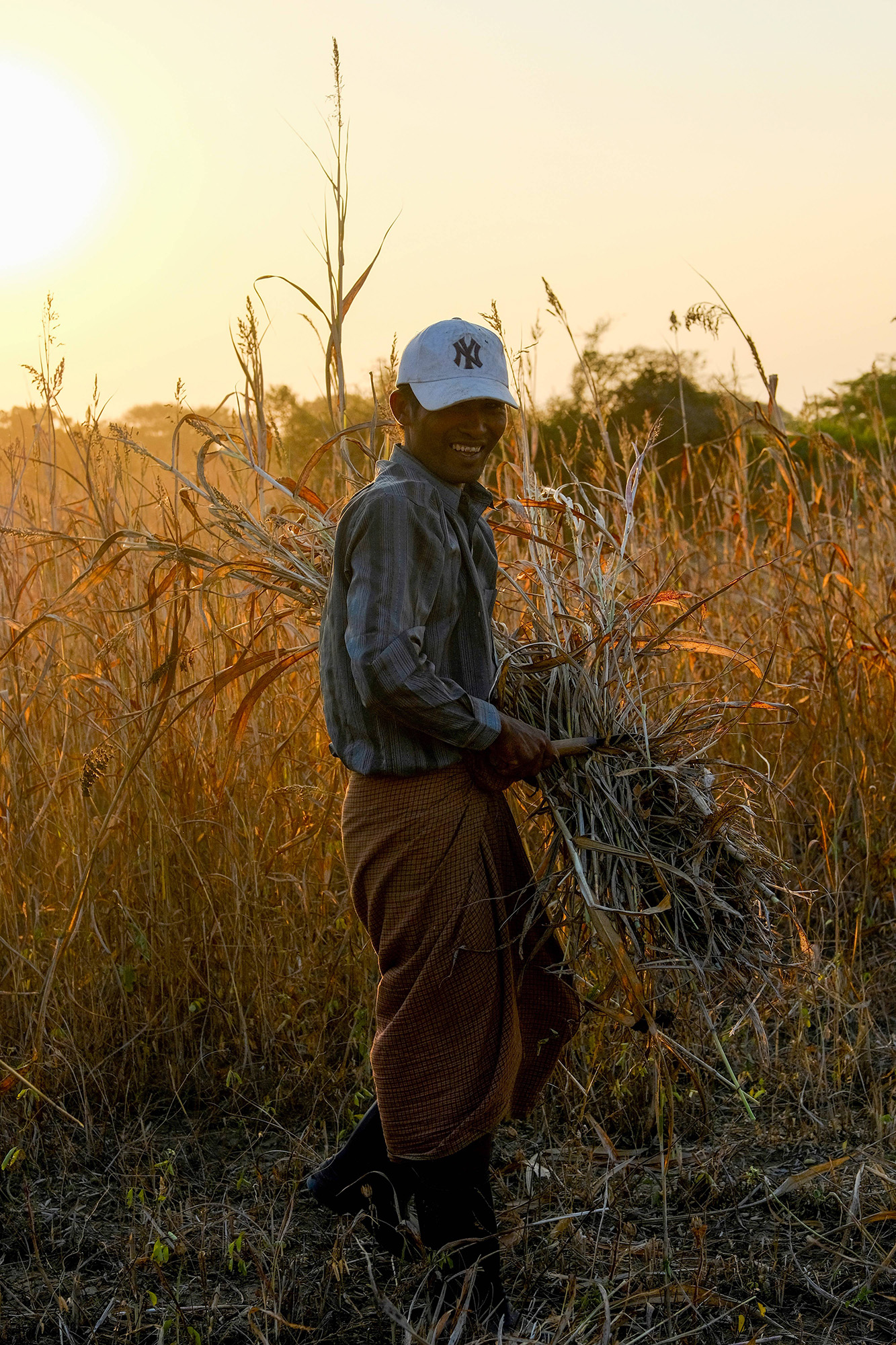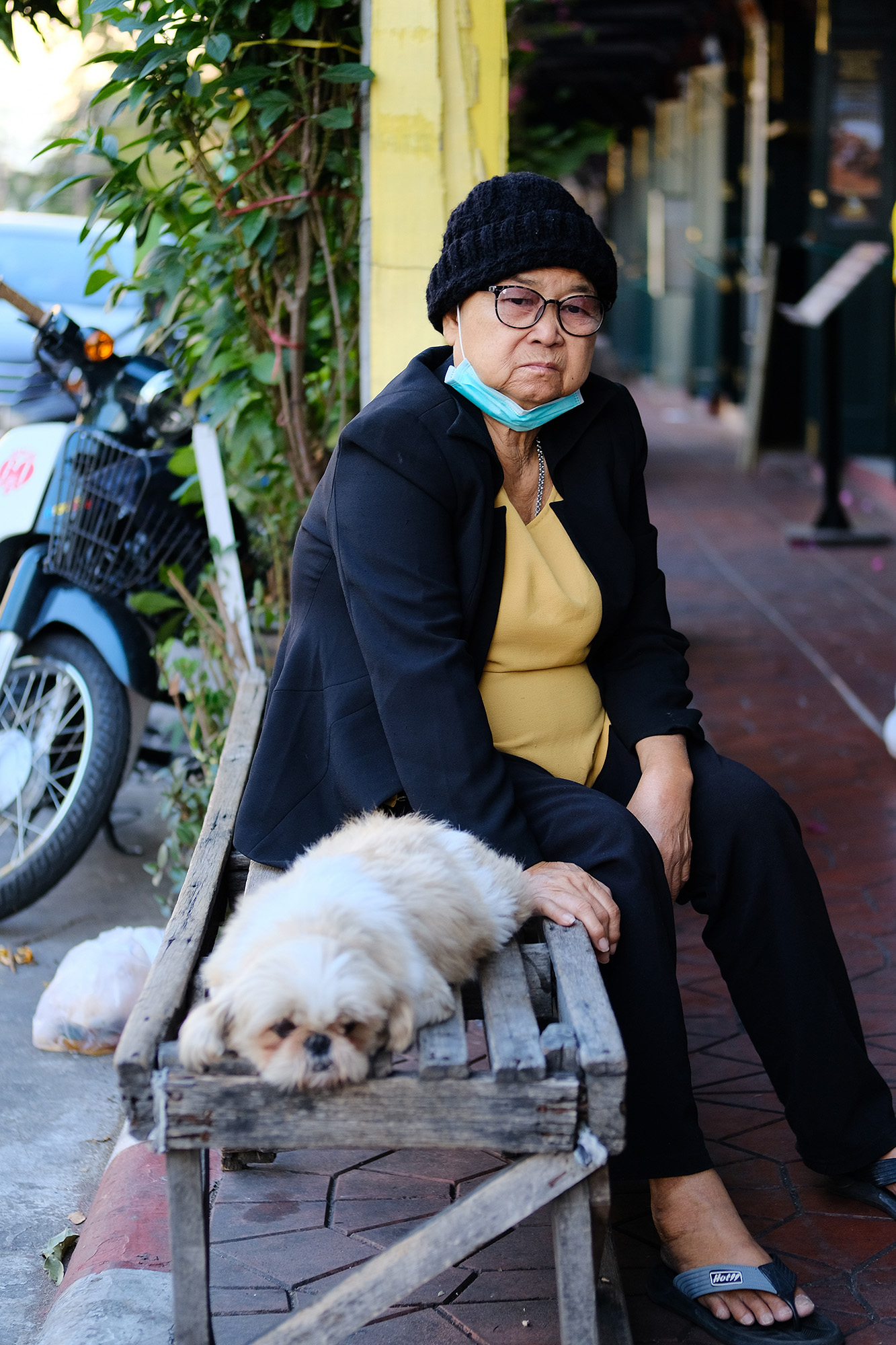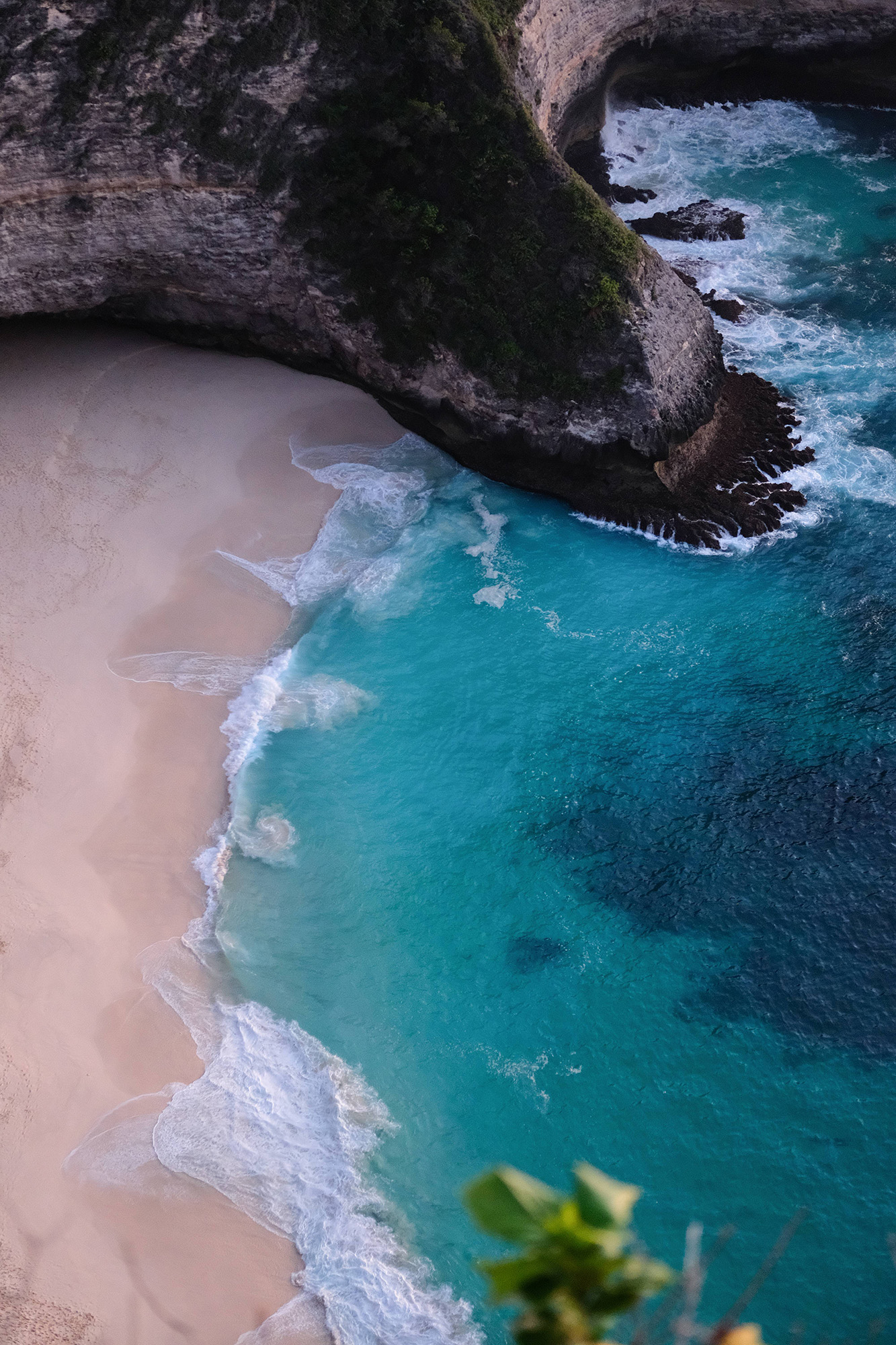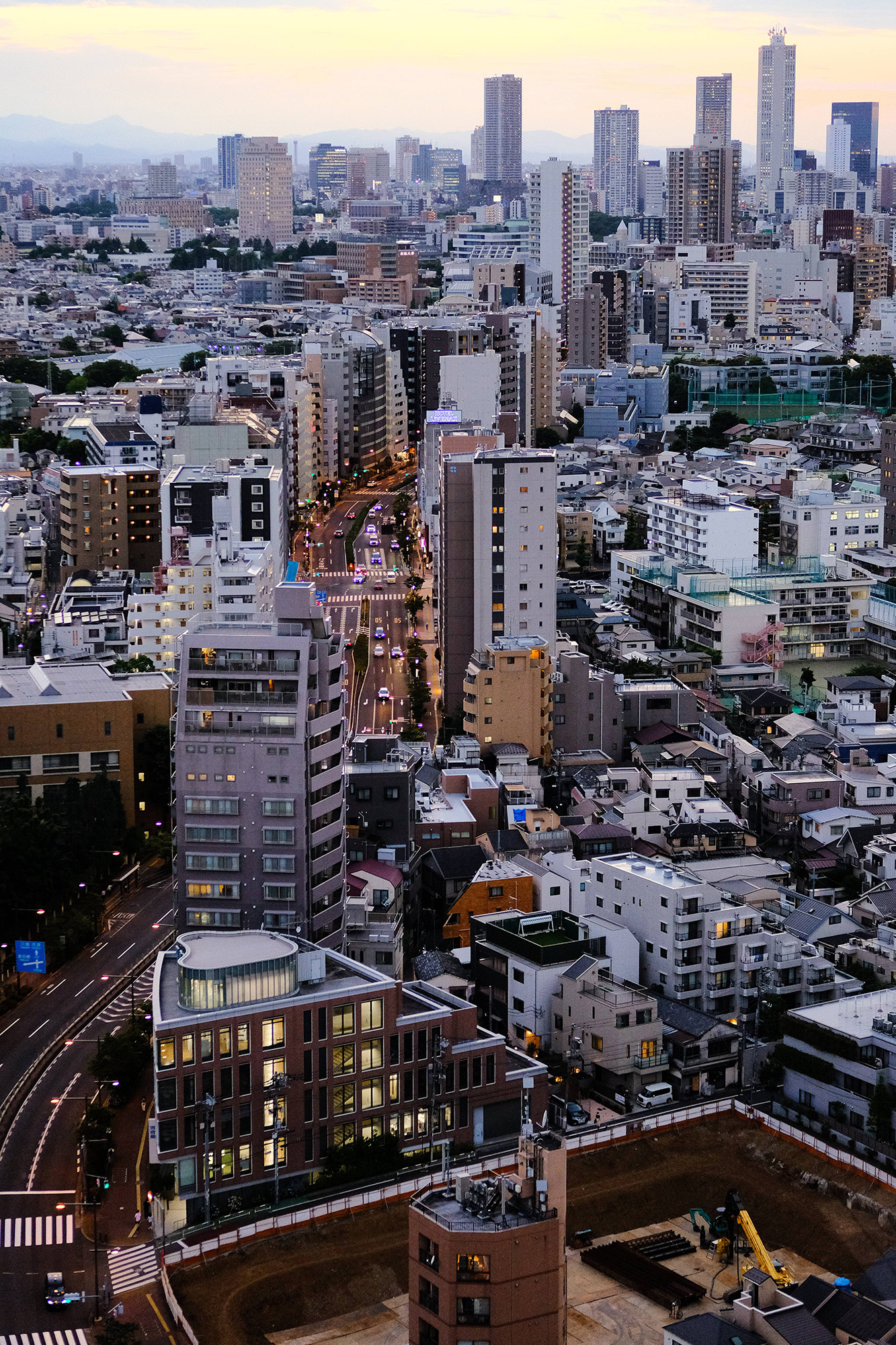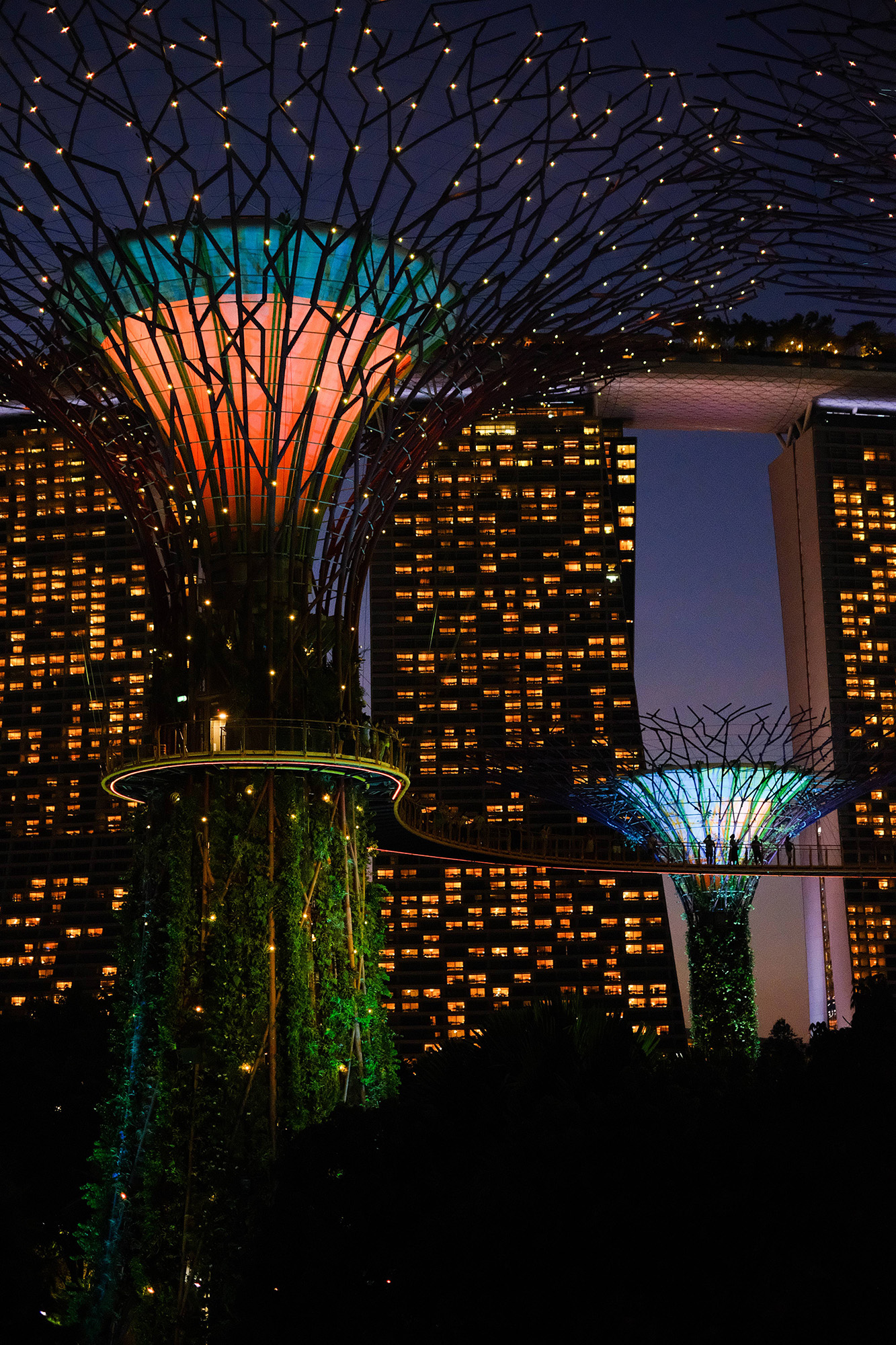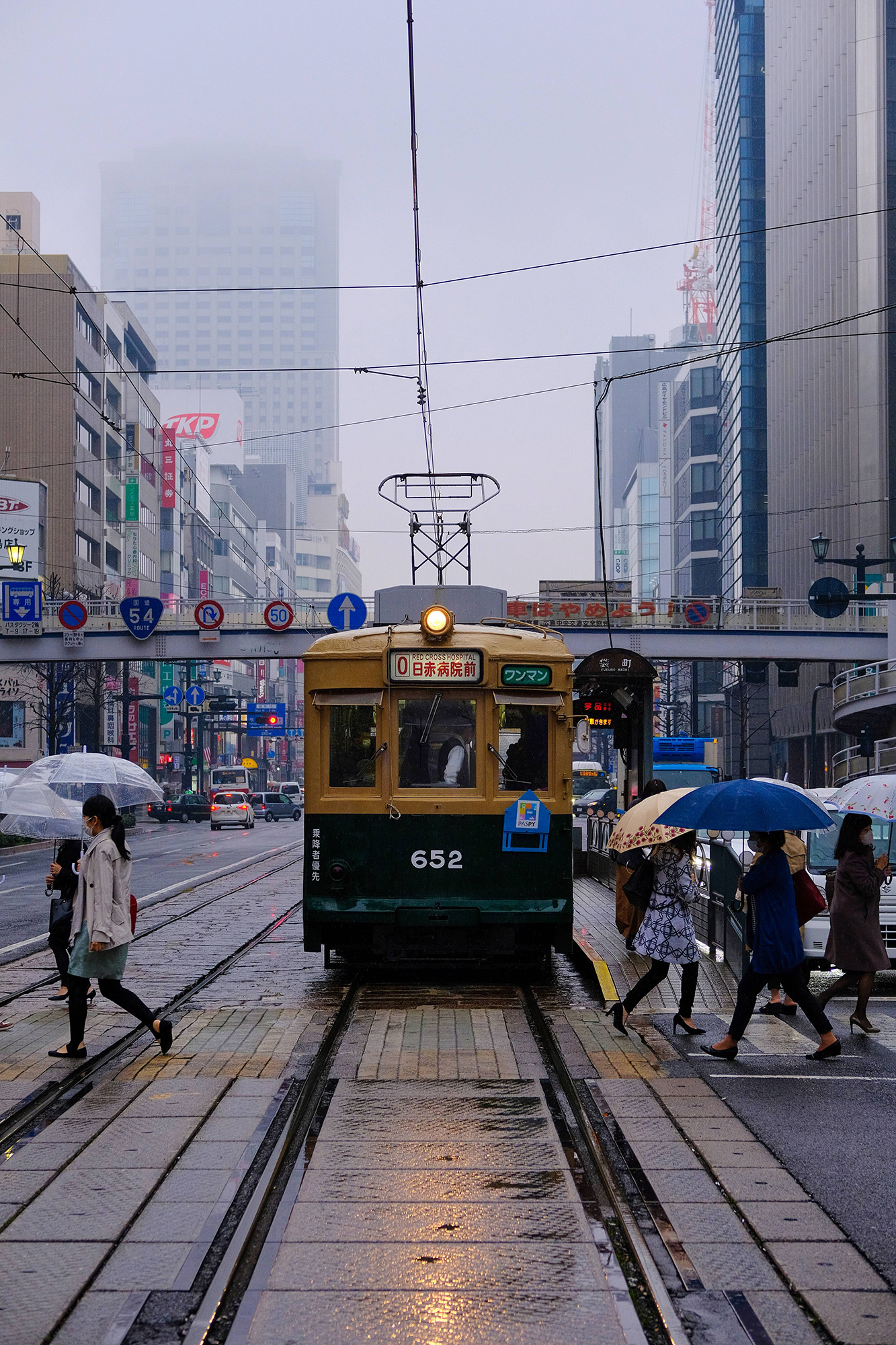The X-T2 wasn’t my first Fujifilm, but it was the camera that gave me the confidence to switch from full frame almost 3 years ago, and it has been my everyday carry ever since.
Over the last eight months, we have been travelling across Asia, by train, boat, bus and motorcycle. So naturally after 7 countries, 3 rainy seasons, a handful of islands, a few volcanoes, a couple rainforests, 10,000+ photos, and 270 something days with no strap, clutched tightly in my antibacterial saturated hands, I’d say that the X-T2 has been more or less field tested. So how did it hold up?
I don’t think I treat my gear badly. I have never dropped a camera, I don’t throw it into bags, or sling it over a shoulder to bounce off of unseen obstacles in my periphery. My X-T2 was the most expensive thing that I brought travelling, so I was pretty intent on taking good care of it, but as it continues to do: life made plans of its own.
Melodrama aside, the biggest hits the X-T2 took were superficial. Some scuffs, screen protector cracks, and a lot of patina. No cataclysmic losses, or any game-changing failures at all really. The XF18f2 stopped wanting to auto-focus for a couple months, for reasons known only to itself, but then came back to life as mysteriously as it departed. Luckily, the XF35f1.4 and the XF50f2 never missed a day, so I can safely assume this was a lens issue not an X-T2 issue.
I only took two batteries for the whole trip, and after shooting photos all day, I had only run out of juice on maybe three occasions. It would have been nice to have another just for the overnight volcano climbs or jungle hikes, but most days I’d barely get half-way through the second battery. I didn’t shoot particularly conservatively either. Although, I didn’t shoot video with the X-T2, but only because I prefer to have a smaller dedicated camera for casual out of the pocket video clips, to avoid switching settings and lenses so much in the day.
The automatic settings work pretty well too. I wouldn’t necessarily trust Fujifilm’s auto-white balance in as many scenarios as Canon’s for example, so setting a Kelvin was frequently necessary, but it’s auto-exposure is arguably the best around. That’s why I was confident to leave my camera set in P mode 99% of the time. It is such a perfect set and forget, accurate, and fast way of shooting, that it’s easy to see myself taking the risk and using the second card slot for more jpegs, rather than safety back-up raw files. Since the only raw files I even used where some nightlife black and white shots that I wanted to change back to colour.
APS-C has never been much of a negative trade-off for me, and in terms of dynamic range, the X-T2 punches above its weight, even in jpegs. I’d rate it at least on par with a full frame competitor like the Canon R. I have my jpeg settings at 400% DR, and it saves highlights and shadows without over the top haloing. To me, it looks almost close to the exposure range of colour 35mm negative film. I never had a blown out sky or a shadow too deep to save in a light mobile edit, when necessary.
The jpeg files out of the X-T2 don’t leave me wanting to do much editing in the first place, which is great when your focus is documentation, destinations, food, and refuge, rather than deep edits and photomontage. Once the photo is taken, that’s usually the end of it. I can set it to Provia for a wide accurate colour range, or Astia for warmer skin hues and a mild nostalgic aesthetic, and let the camera work for me. Click – memories captured, print. The dual card slots let me keep a backup raw file of each shot, which I can process in-camera, if necessary, which means that the only unsalvageable failures were photos with missed focus. That’s literally all I had to worry about; could the X-T2 make my old glass agile?
There was never a time when I could say that I honestly felt the X-T2’s age was a hindrance. The eye-detection for portraits works well. It works better for high-contrast faces, with dark eyes or hair, but it keeps up, even for those fiery sunrise and sunset photoshoots. I never craved sensor stabilisation, with an f1.4 lens and the magnificent high iso performance. I was comfortable shooting iso 5000 in colour, with extra grain added in the menu, and iso 8000 in Acros, occasionally pushing to 10,000, with not much fear of noise. Even if it’s there, it’s more authentic in its rendition, with noise reduction at -4, and weak grain set in the menu.
As for speed, the XF35f1.4 is one of Fujifilm’s slower focusing lenses – down at the bottom of the list with the other super-bright aperture lenses – and it was never unreliable on the X-T2. I went out for a few after-dark street photography walks to capture the vibrant nightlife, and it did a pretty good job keeping up with my impatient demands, and unnecessary 180° whip around hip-fires. Shooting high-contrast Acros, kept the misfocused images rare and occasional. They still happened, with strong back-lit signage, or high-key lighting on deeply contrasting walls of text just past the patrons of street food joints, but they were manageable and easy enough to mitigate if I stayed aware, saw them incoming, and adapted, rather than my usual hip-fire and hope. I definitely came away with more great images than failures, even in that awkward lighting auto-focus nightmare, but if focus speed and accuracy is paramount to you, a newer lens like the f2 line will not disappoint.
While we were away the X-T4 came out, and even though the only missing feature I want for the X-T2 is a touch screen to choose focus points and stealth fire the shutter, I was compelled to go and get my sterilised hands on the newest model at a Bic Camera or the like. I came away reassuringly disappointed, if that makes sense. The X-T4 is too big, and too heavy. After spending every day – from leaving the house in the morning to arriving at night – literally holding the X-T2 in my hand, I have never felt fatigue, or wrist pain. I never knew how good I had it.
Compact form factor is one of the reasons I switched to APS-C. Full frame always came with such a discouraging pain in the neck, which rendered it almost exclusively ornamental. Now, after years with the X-T2, and 5 minutes with the X-T4 I’ve decided I will have to switch to the X-T40 line in the future, and then forgo possible weather sealing, the iso dial, and the dual EVF. Alternatively, once my X-T2 earns its place in camera Valhalla, I could upgrade to the touchscreen enabled iterative younger brother, I’ll lovingly refer to as the X-T2s, but in any other reality is the X-T3. When it comes down to the long haul, every gram matters. I already min/max my backpack, to lose superfluous weight and size, and for me the X-T2 is the maximum weight and size for my minimum requirements of features. If it gets any bigger, it gets left at home, and that’s suddenly not the best camera anymore.
The only prevailing problem I had with the X-T2 itself, arose around month 7. A problem that I have read is a present in the X-T1 also, and I suppose all the Fujifilm 8000 speed mechanical shutters. The mechanical shutter has slowed down, and now creeps into the top of the frame at 1/8000 of a second, shading the sky in a few shots before I realised. Usually not a catastrophe, since using the electronic shutter, stopping down the aperture or iso, or putting an ND filter on can reduce the need for shutter speed in various ways. However, still it’s mildly annoying, and I am yet unsure if it is a degenerative problem, will it become even slower, gradually knocking down shutter speeds, until it fails entirely? Is this still a problem on the T3, T4, or the Pro3? Will they fix it for a reasonable price if it’s a known issue, but no longer under warranty, and I bought it from Amazon?
So, how does the X-T2 hold up in 2020?
Short answer: Great. You can find them on eBay for around $500, and you would be missing a great deal to not buy one. The weather sealing works, and there is a pixel remapping function in-camera, so I wouldn’t worry much about grey market duds. Just ask for a photo at 1/8000 shutter speed. Beyond that, the X-T2 is easily one of the most capable, rugged, and best designed every day, pro-sumer, and travel cameras for its size and class. With image quality that is on par with the most recent model, nice low light potential, great files right out of camera, no faff or hassle in editing needed for good results, while being fast and reliable with any lens in most use cases. Should you get one if you are in the market for a camera in this price range? Absolutely. It’s a steal.



